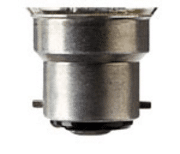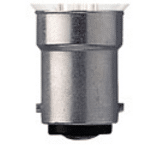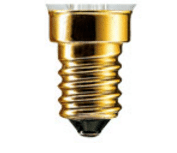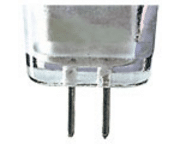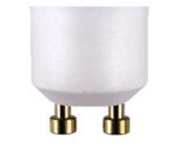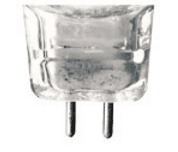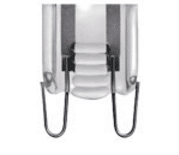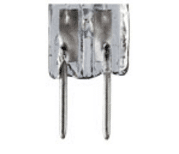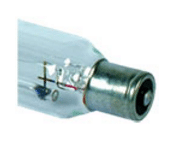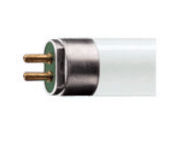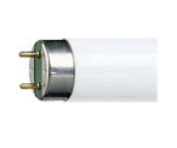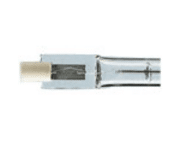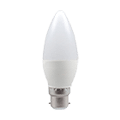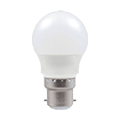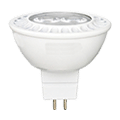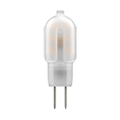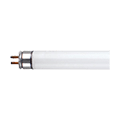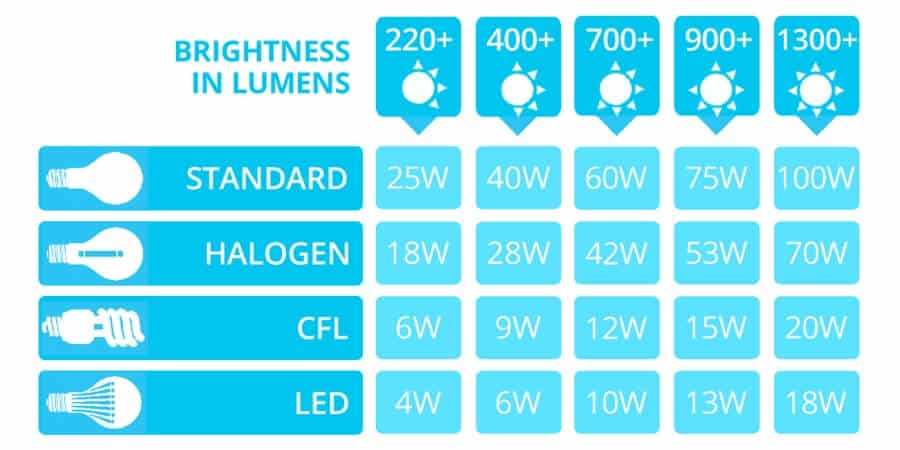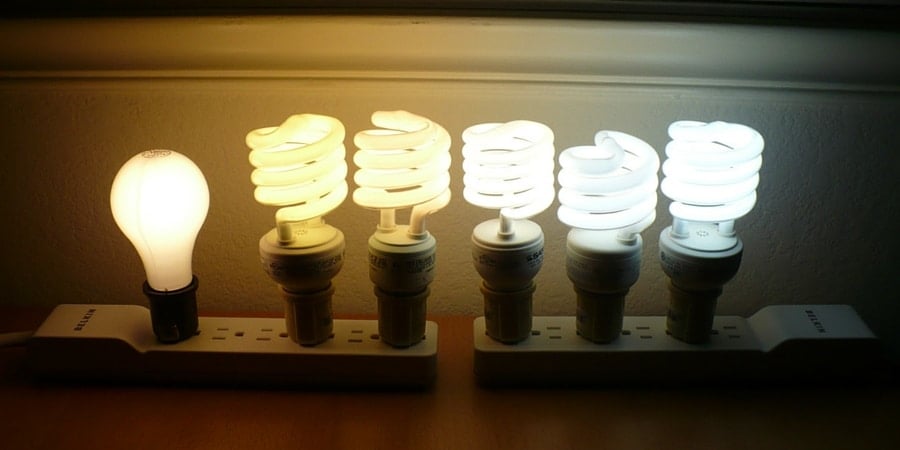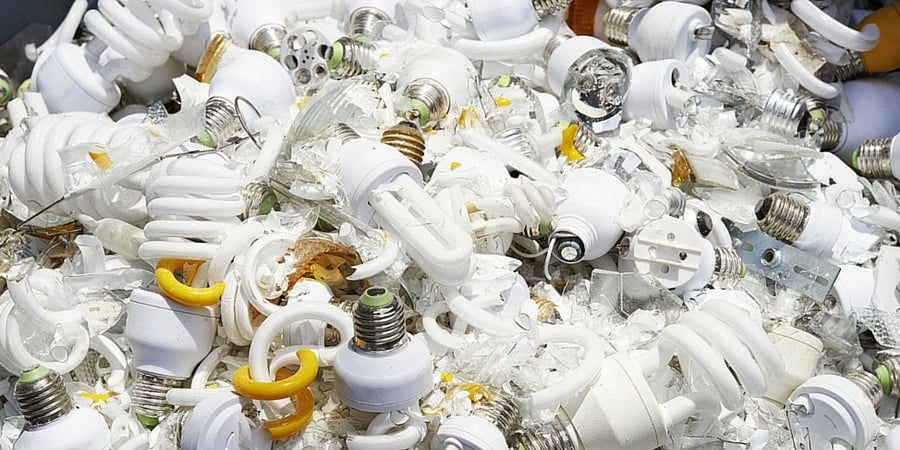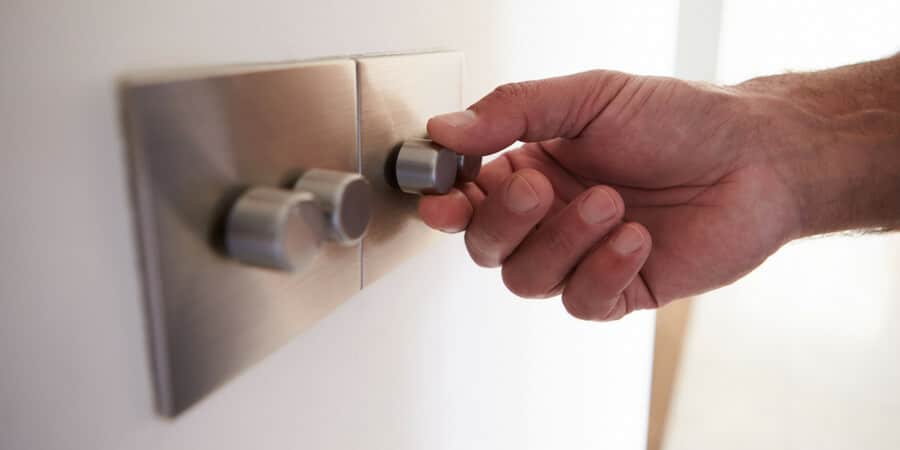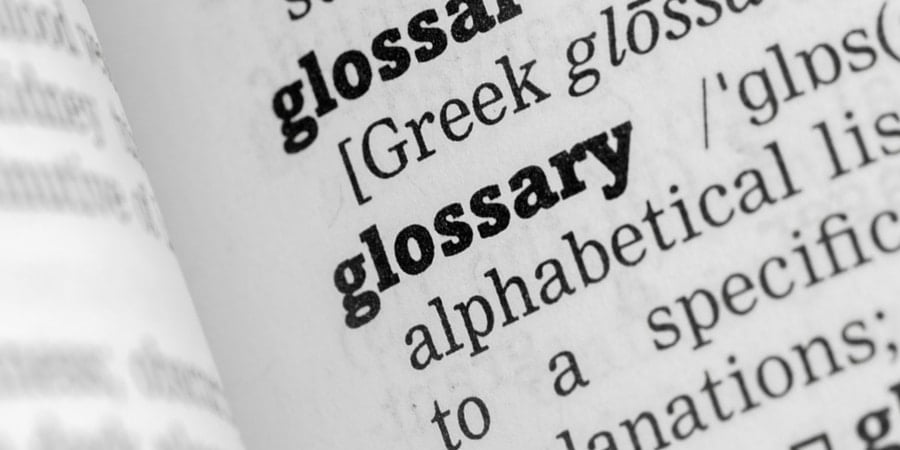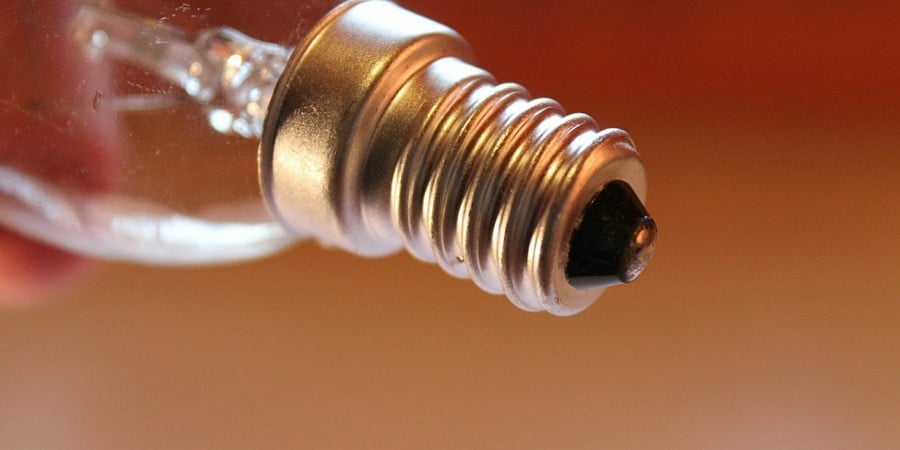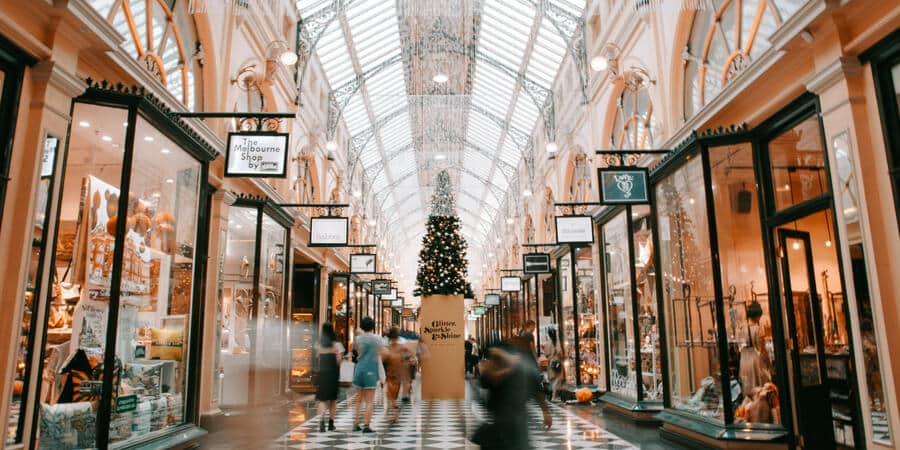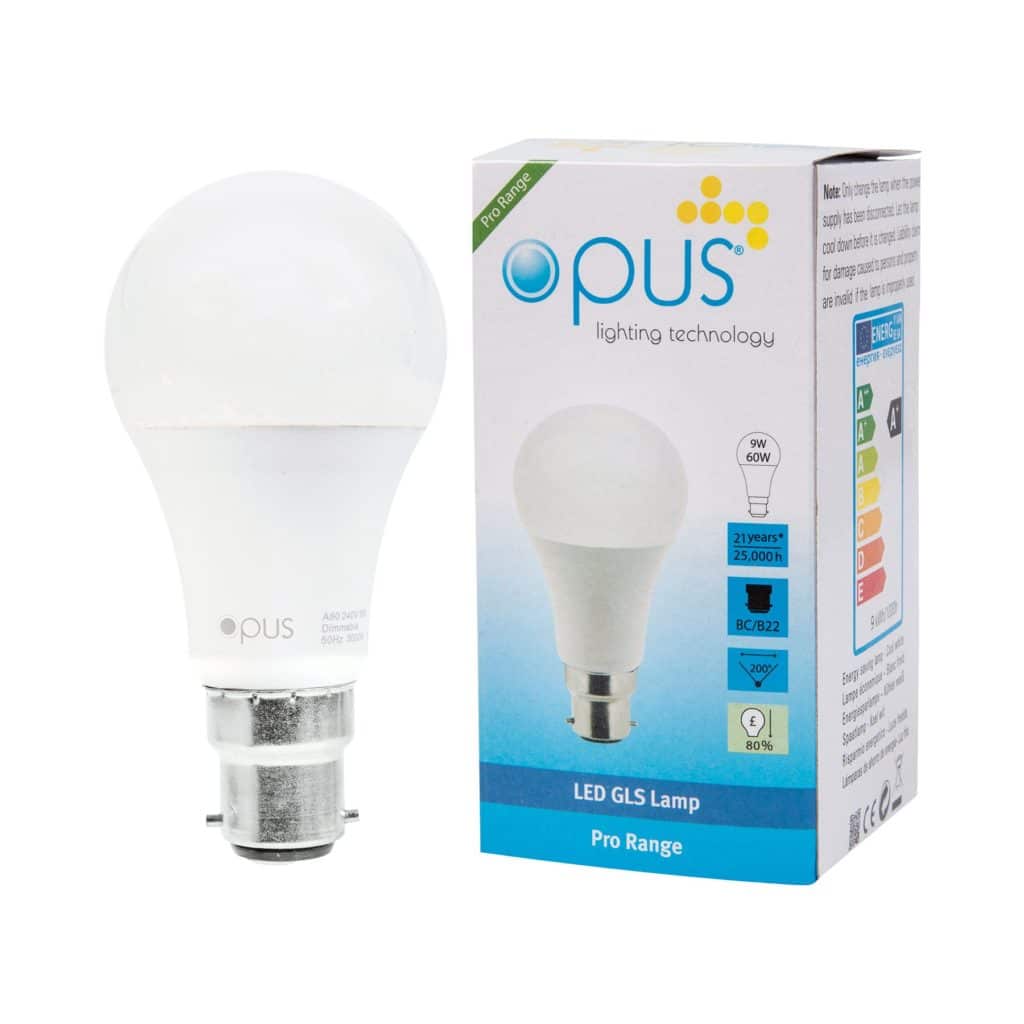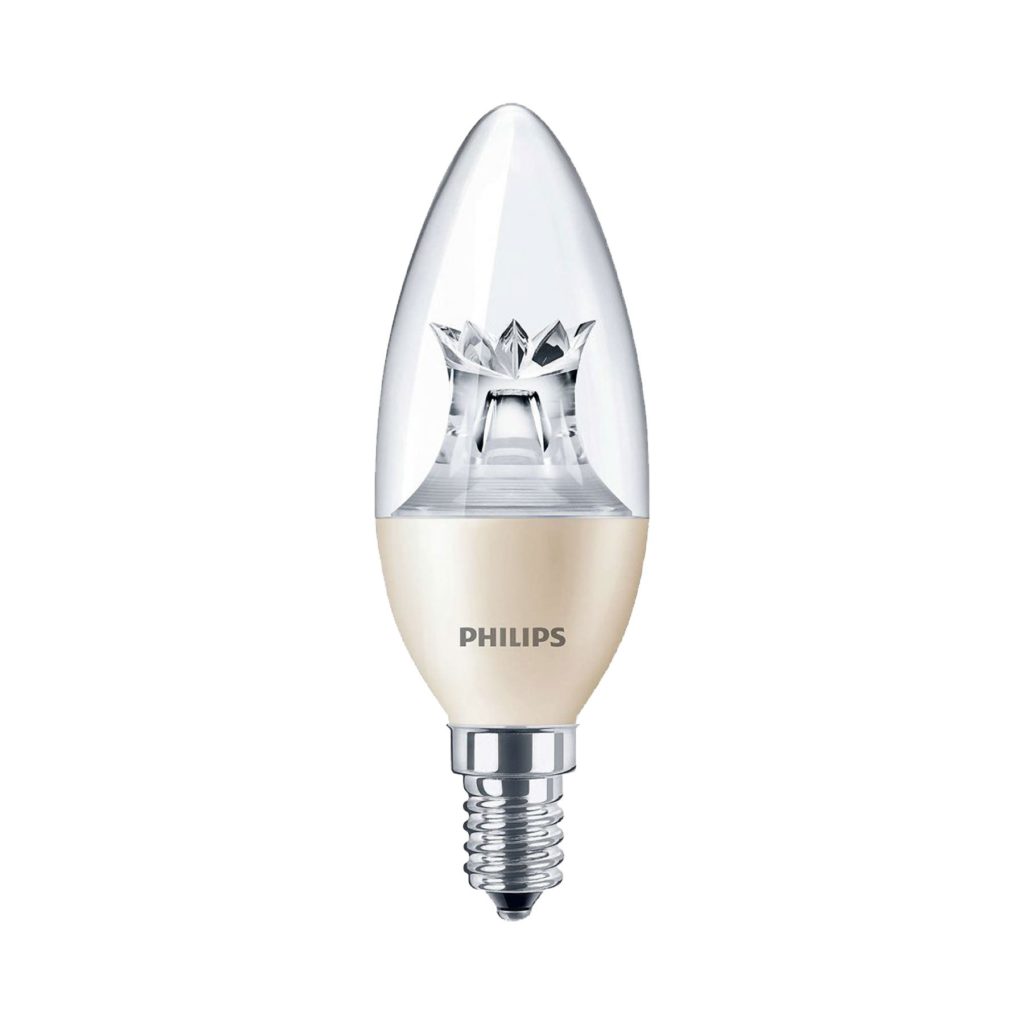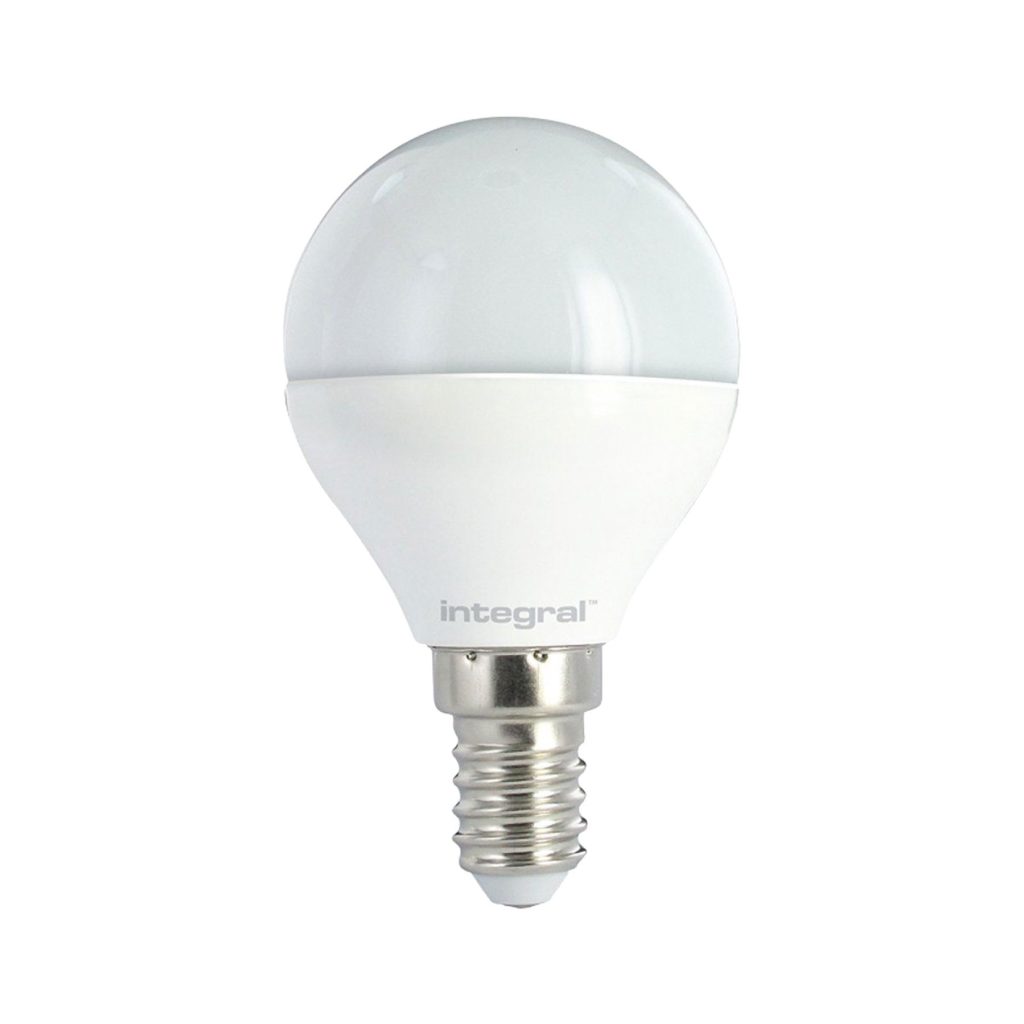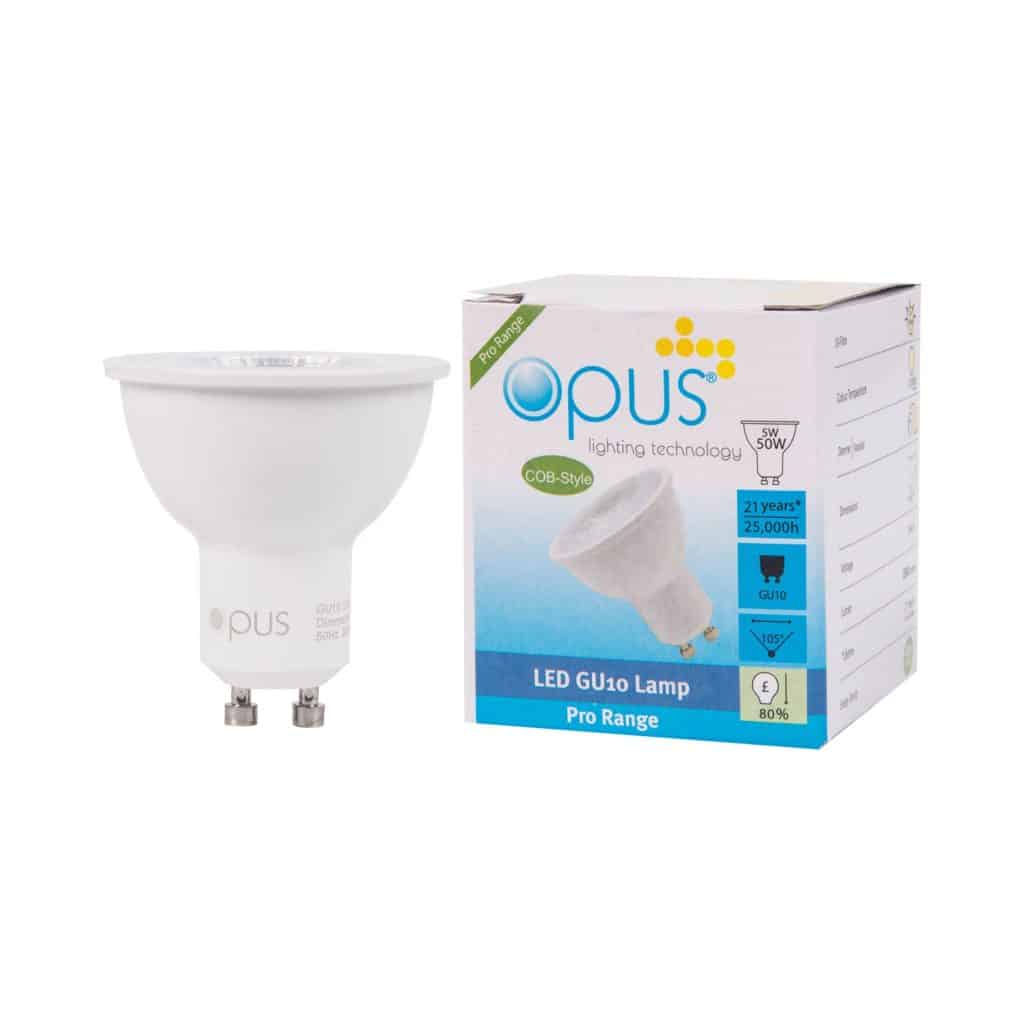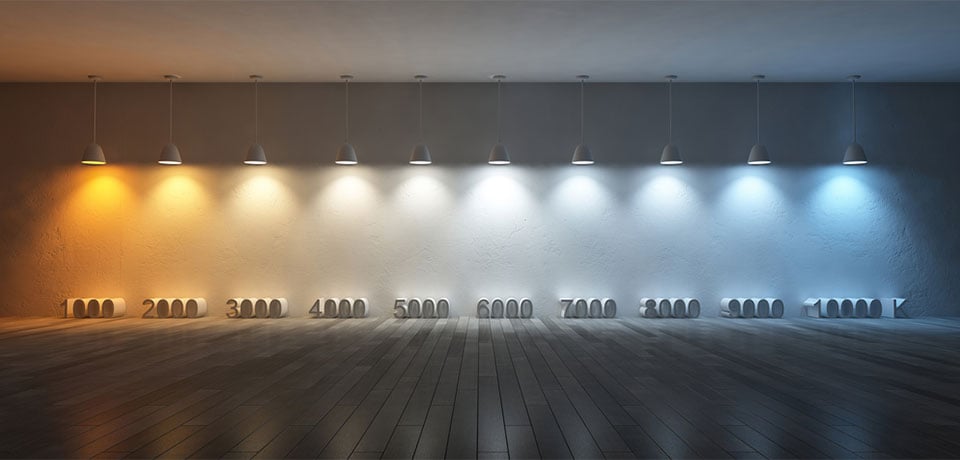Lighting is considered an “atmospheric”, which means that it’s a design element that stores, restaurants, and other businesses can use to influence consumers, clients, and even employees. Knowing how atmospherics like lighting, scent, temperature, or music sway the feelings and actions of people is useful for both sides of the exchange—businesses can use it to entice, encourage, and influence mood and purchase behaviour, and consumers can be more aware of how they are being affected so they can evaluate their choices more carefully to avoid buyer’s remorse and the stress of dealing with returns.
In this post, we’ll shine some light on why lighting—an atmospheric that consumers don’t actively engage with in store settings—influences our behaviour, as well as how that influence can be utilized.
The Influence of Illumination
Whether you experience S.A.D. or not, you’re probably aware that light has a strong influence over your mood. A number of studies conducted over the years have shown that lighting has the power to enhance or discourage productivity, creativity, openness and receptivity—it can even affect the taste of food.
According to the research of Xun (Irene) Huang, Ping Dong, Aparna Labroo and Dorothy K Sit at Kellogg School, “we feel less connected to others in the dark. So we assign less weight to what others think and more weight to what we authentically desire.” This means we are more likely to select decadent, indulgent, or “hedonic” options when light levels are low. Didn’t plan on ordering dessert or splurging on designer sunglasses? Lighting may be partially to blame.
Their research also suggests that dim or dark lighting can inspire customers to:
- “Shop at a slower pace”
- “Underestimate portion size”
- “Perceive spicy foods as less enjoyable”
Conversely, their research shows that bright lighting inspires people to make more practical purchase decisions because they feel more connected to and aware of others. Very bright lighting on the other hand, can create heightened emotional states that cause shoppers to buy items more impulsively. This is why you typically see bright lighting in queue lines, where many retailers will display impulse items.
PRO TIP: Studies also show that bright lighting “influence[s] shoppers to examine and handle more merchandise,” though it does not necessarily encourage more or larger purchases.Businesses can take advantage of both bright and dim lighting, changing the ambient light throughout the day to impact customer behaviour by installing dimmable lighting:
The Takeaway
The influence lighting has over the choices consumers make means that lighting can be manipulated throughout a space to nudge customers in one direction or another, as well as to help to shape the impression consumers have of the brand.
Whether your store or eatery should have bright or dim lighting, or a mix of both, ultimately depends on the product or service you offer and your overall goals. It is best to consult with a lighting expert to find a lighting design that will suit your space, budget, and brand identity, but here are some points to keep in mind:
Type of Lighting | Dim Lighting | Bright Lighting |
|---|---|---|
| Behaviour it encourages |
|
|
| Impressions it creates |
|
|
| Places to use it |
|
|
A Light Touch
Lighting is an easy-to-work-with tool that can and should be used to enhance the environment and atmosphere of any space. Using it to influence mood can benefit your business and improve the in-store experience for both employees and patrons.
Need help designing or redesigning your store lighting? Get in touch with our lighting design services team.


